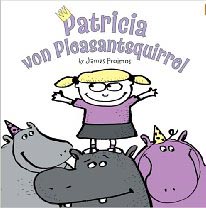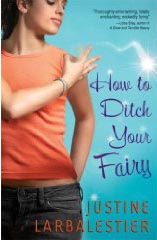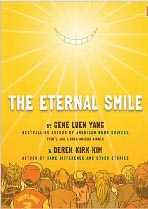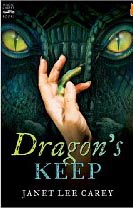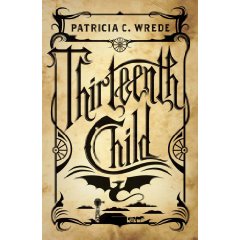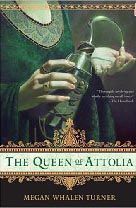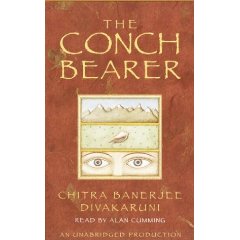Review of Cybele’s Secret, by Juliet Marillier
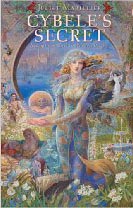 Cybele’s Secret
Cybele’s Secret
by Juliet Marillier
Alfred A. Knopf, New York, 2008. 432 pages.
This book says it’s a “companion novel” to the wonderful Wildwood Dancing, which is to say that you can read Cybele’s Secret without having read the earlier book. But as I have said about some other companion novels, why would you want to?
Cybele’s Secret follows Paula, the scholarly sister, as she accompanies her father as his assistant on a buying trip to Istanbul.
“We had come here to buy Cybele’s Gift, the fabled treasure of a lost faith. Somewhere amongst those steep ways clustered with shops and houses, mosques and basilicas, it was waiting for us…. The cult of Cybele had long since died out, but the legend of Cybele’s Gift survived. If the artifact fell into deserving hands, the owner and his descendants would be blessed with riches and good fortune all the days of their lives. As is the manner of such promises, the thing worked both ways. In the wrong hands, the artifact would bring death and chaos. This had not been put to the test in living memory, for nobody had known the whereabouts of Cybele’s Gift for many years. Until now.”
The first half of this book is rather slow-paced. It is full of atmosphere, and Paula has reason to believe inhabitants of the Other Kingdom are near at hand. She learns that she has a quest, but she does not know what it is.
I didn’t find myself truly believing Paula’s motivation to get into the situation that leads her to the fast-paced second half. But no matter, the book gets exciting after Paula blunders into danger. For then she learns her quest and can set about the challenges of carrying it out.
This book has a richly detailed setting and a story that ends up being intriguing. Paula also meets two men who are fascinating in very different ways. They both end up being an important part of her quest.
I think that fans of the first book will be motivated enough to happily get through the first half to enjoy the exciting finish.
Find this review on Sonderbooks at: www.sonderbooks.com/Teens/cybeles_secret.html
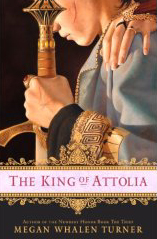 The King of Attolia
The King of Attolia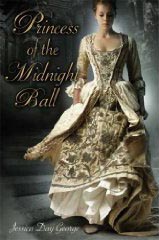 Princess of the Midnight Ball
Princess of the Midnight Ball